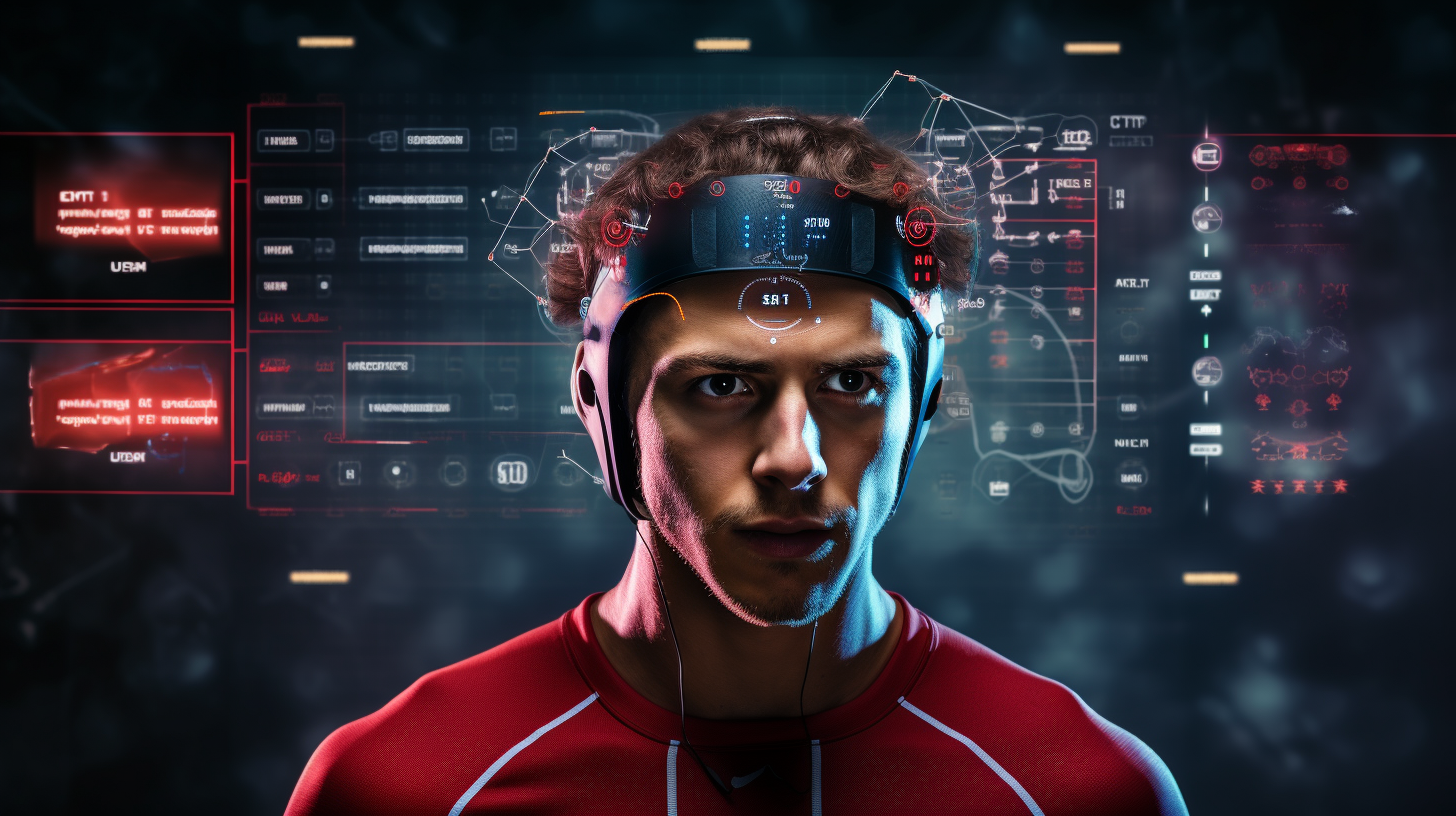The Psychomotor Fatigue Threshold: What Coaches and Athletes Need to Know
The psychomotor fatigue threshold (TPF) refers to a specific point during incremental exercise where the athlete's cognitive responses, specifically their reaction times, peak.

As sports science advances, we continually unearth new ways to optimize athletic performance. One such emerging concept is the "psychomotor fatigue threshold" (TPF). While the term might sound intricate, its understanding is crucial for athletes and coaches alike, especially those preparing for competitions in challenging conditions.
What is the Psychomotor Fatigue Threshold?
At its core, the psychomotor fatigue threshold (TPF) refers to a specific point during incremental exercise where the athlete's cognitive responses, specifically their reaction times, peak. Beyond this point, despite increasing physical effort, their cognitive performance begins to decline.
In simpler terms, think of TPF as the sweet spot where an athlete's mind is sharpest during exercise. It's that point where they can make the quickest decisions without being hindered by fatigue.
Why is TPF Important?
Athletic performance isn't solely about physical performance. Cognitive functions, like decision-making, concentration, and reaction time, are equally vital. Especially in team sports like soccer, where split-second decisions can make the difference between victory and defeat.
Understanding and optimizing the TPF can help athletes:
- Enhance Decision-Making: By training around their TPF, athletes can potentially improve their decision-making during crucial moments in a game.
- Delay Cognitive Fatigue: Recognizing the onset of TPF allows athletes to be aware of when their cognitive performance might start to dip, enabling them to adapt their strategies accordingly.
Lactate Threshold vs. Psychomotor Fatigue Threshold
The concept of TPF is reminiscent of the more commonly known 'lactate threshold' (TLA). TLA is the exercise intensity at which lactate (a byproduct of metabolism) begins to accumulate in the bloodstream faster than it can be removed, leading to muscle fatigue.
Recent studies have shown that the TPF occurs at a higher running speed than the TLA. In essence, while an athlete's muscles might still be functioning efficiently, their cognitive functions might already be on the decline. This distinction is crucial for sports where strategy and decision-making play a significant role.
Impact of Climate on TPF
Environmental conditions can significantly affect both TLA and TPF. For instance, the 2022 FIFA World Cup in Qatar brought attention to the effects of hot conditions on athletic performance. Studies found that while the expected temperatures in Qatar did not significantly impact peripheral fatigue, they did influence the appearance of TPF, causing it to appear at a lower running speed than in thermoneutral conditions.
For coaches and athletes, this means that while the body might cope well with the heat, cognitive functions could be impacted earlier than expected.
Implications for Training and Match-Day Strategies
- Adaptable Training Regimens: Coaches can design training sessions that challenge athletes to extend their TPF, improving cognitive function during high-intensity exercises.
- Strategizing Player Rotations: In team sports, understanding each player's TPF can aid in strategizing substitutions, ensuring that players on the field are always operating at peak cognitive efficiency.
- Climate Adaptation: For events in challenging climates, training sessions can be tailored to simulate those conditions, helping athletes adapt both physically and cognitively.
- Holistic Athlete Development: Emphasizing TPF underscores the importance of cognitive training in athletes, promoting a more holistic approach to athlete development.
Conclusion
The psychomotor fatigue threshold (TPF) offers a fresh lens to view athletic performance, reminding us that the mind is as crucial as the body in sports. By understanding and optimizing for TPF, coaches, and athletes can forge new strategies to elevate performance, ensuring that both body and mind are in sync on the path to victory.

🌐 Connect With Us
🌍 Soma Technologies: Engineered to enhance human performance.
📸 Instagram: Dive into our world through exclusive photos and stories.
👥 Facebook: Join our community for the latest updates and discussions.
📈 LinkedIn: Connect with us professionally and stay informed about industry news.
🎥 YouTube: Watch our latest videos, tutorials.
🐦 X: Follow us for instant updates, news, and engaging tweets.

